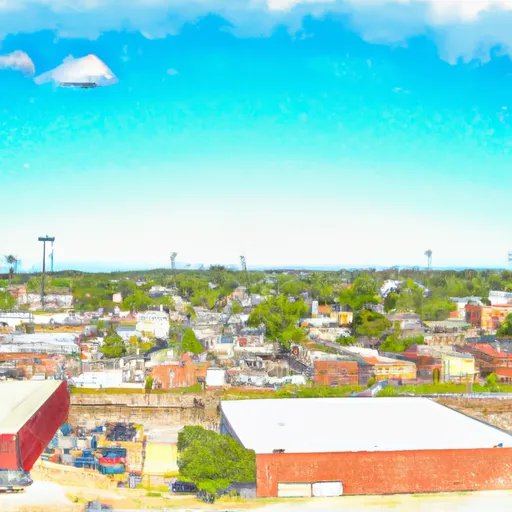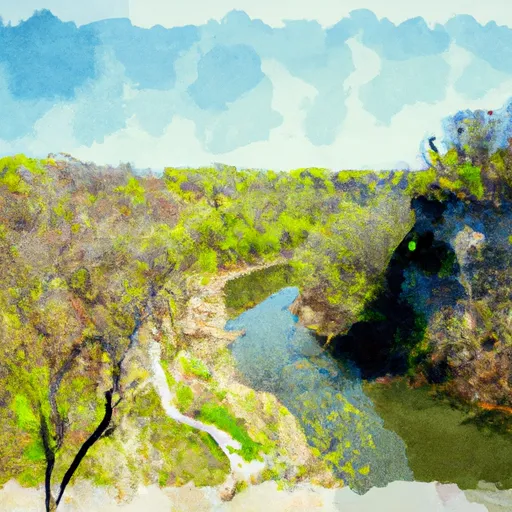°F
°F
mph
Windspeed
%
Humidity











Raceland, Louisiana is a small town located in Lafourche Parish, within the southeastern region of the state. The climate in Raceland is characterized as humid subtropical, with hot and humid summers and mild winters. High temperatures in summer often reach the 90s Fahrenheit, while winter temperatures range from the 40s to 60s. The area experiences moderate rainfall throughout the year, with the wettest months typically occurring in the summer.
Hydrologically, Raceland is surrounded by various bodies of water, including the Bayou Lafourche, which runs through the town. The bayou serves as a popular spot for fishing and boating. Additionally, Raceland is situated near the vast Atchafalaya Basin, offering opportunities for outdoor enthusiasts to engage in activities such as kayaking, wildlife watching, and birding.
The region is also known for its numerous hunting and fishing opportunities, with local wildlife including waterfowl, deer, and alligators. With its proximity to the Gulf of Mexico, residents and visitors can also enjoy saltwater fishing and boating in the nearby coastal areas.
In summary, Raceland, Louisiana boasts a humid subtropical climate, with hot and humid summers and mild winters. Its hydrology is defined by the Bayou Lafourche and proximity to the Atchafalaya Basin. The town provides ample opportunities for outdoor recreation, including fishing, boating, kayaking, hunting, and wildlife watching.
Weather Forecast
Raceland receives approximately 1650mm of rain per year, with humidity levels near 90% and air temperatures averaging around 21°C. Raceland has a plant hardyness factor of 9, meaning plants and agriculture in this region tend to thrive here all year round.
Regional Streamflow Levels
26
Cubic Feet Per Second
866
Cubic Feet Per Second
14,900
Cubic Feet Per Second
146
Cubic Feet Per Second
Nearby Camping
| Camping Area | Reservations | Toilets | Showers |
|---|---|---|---|
| St. Peters 370 Lakeside Park | |||
| Robertsville State Park | |||
| Babler Memorial State Park | |||
| Tickfaw State Park | |||
| Percy Quin State Park | |||
| North Rec Composite |



